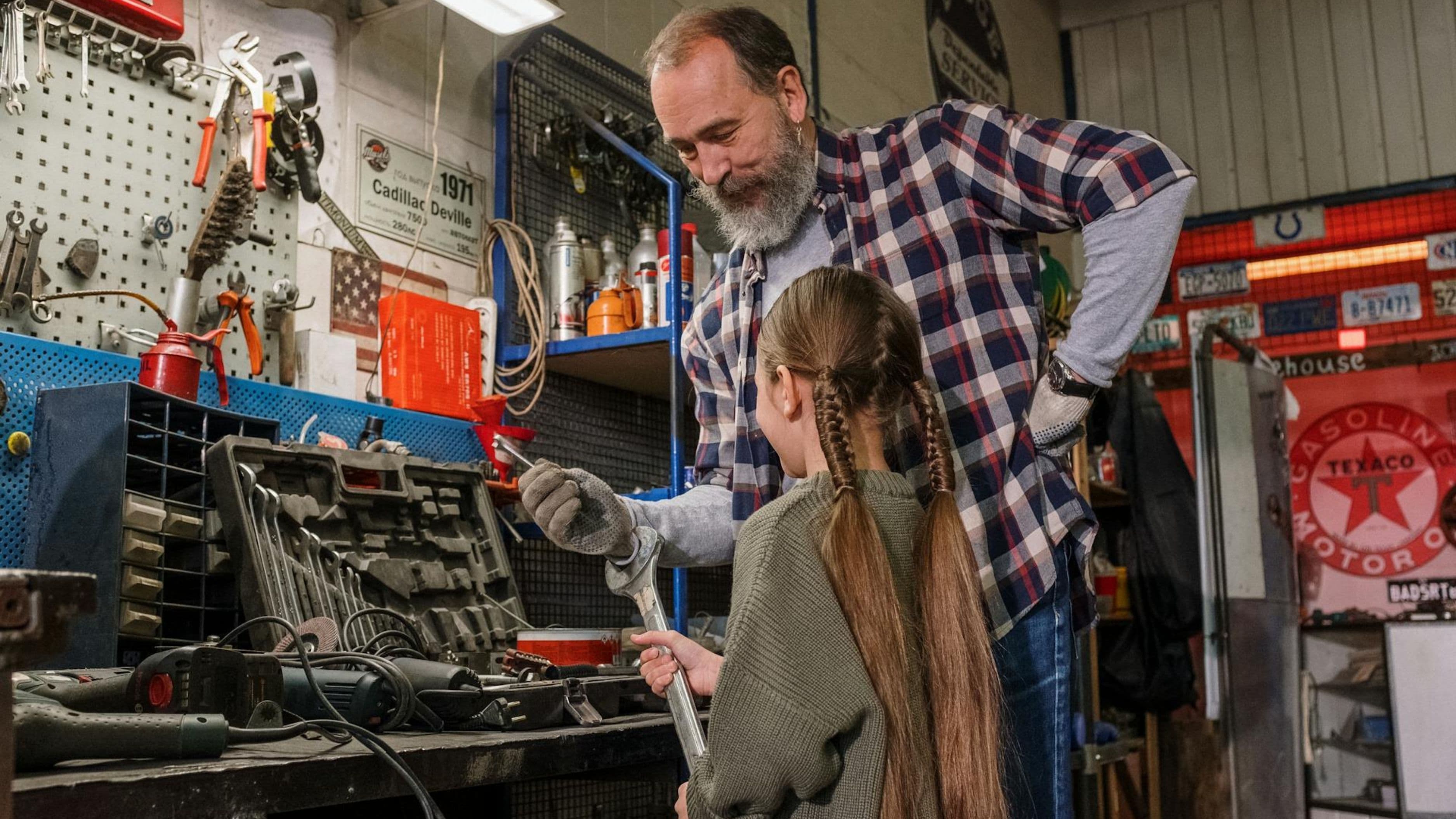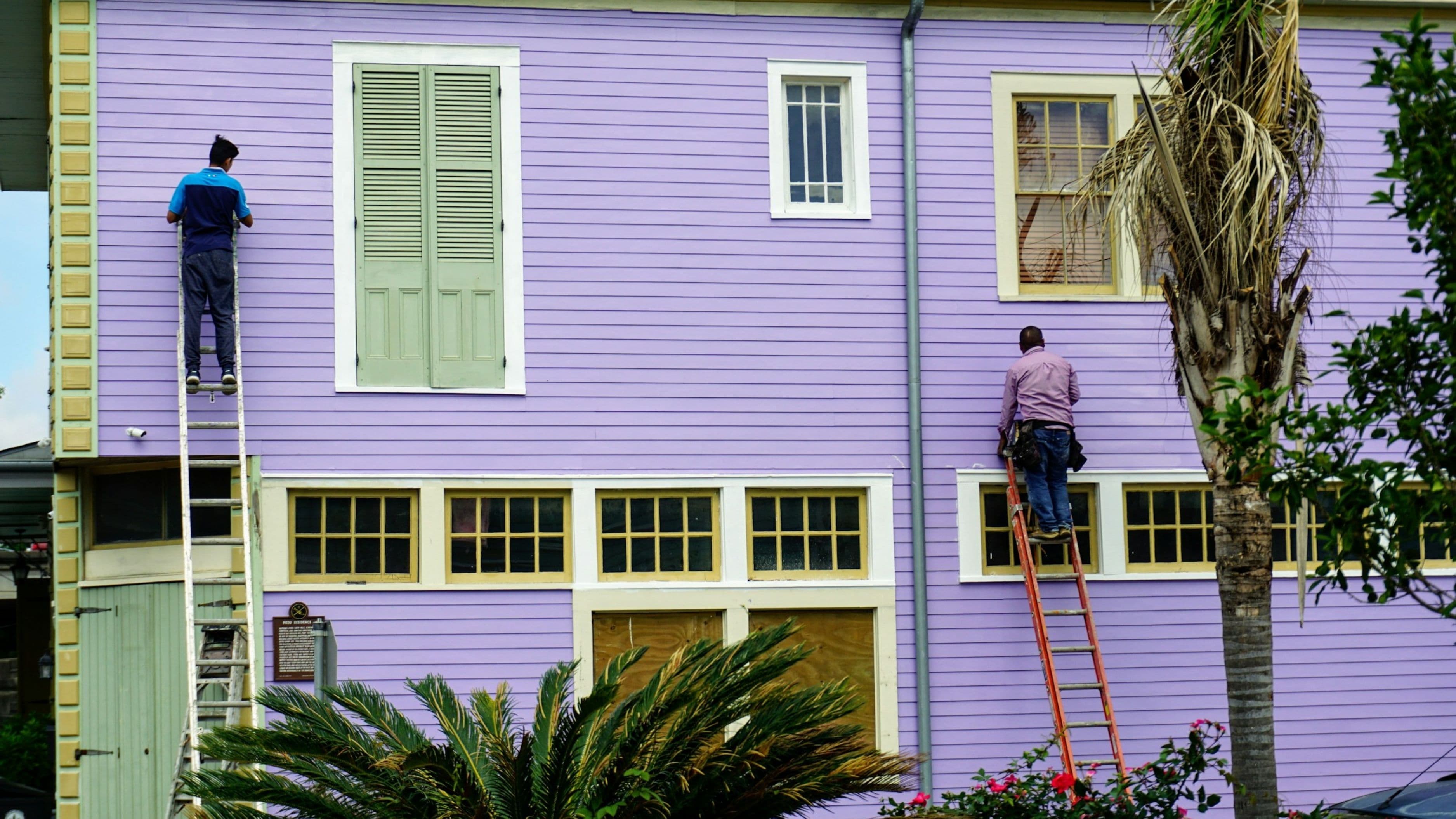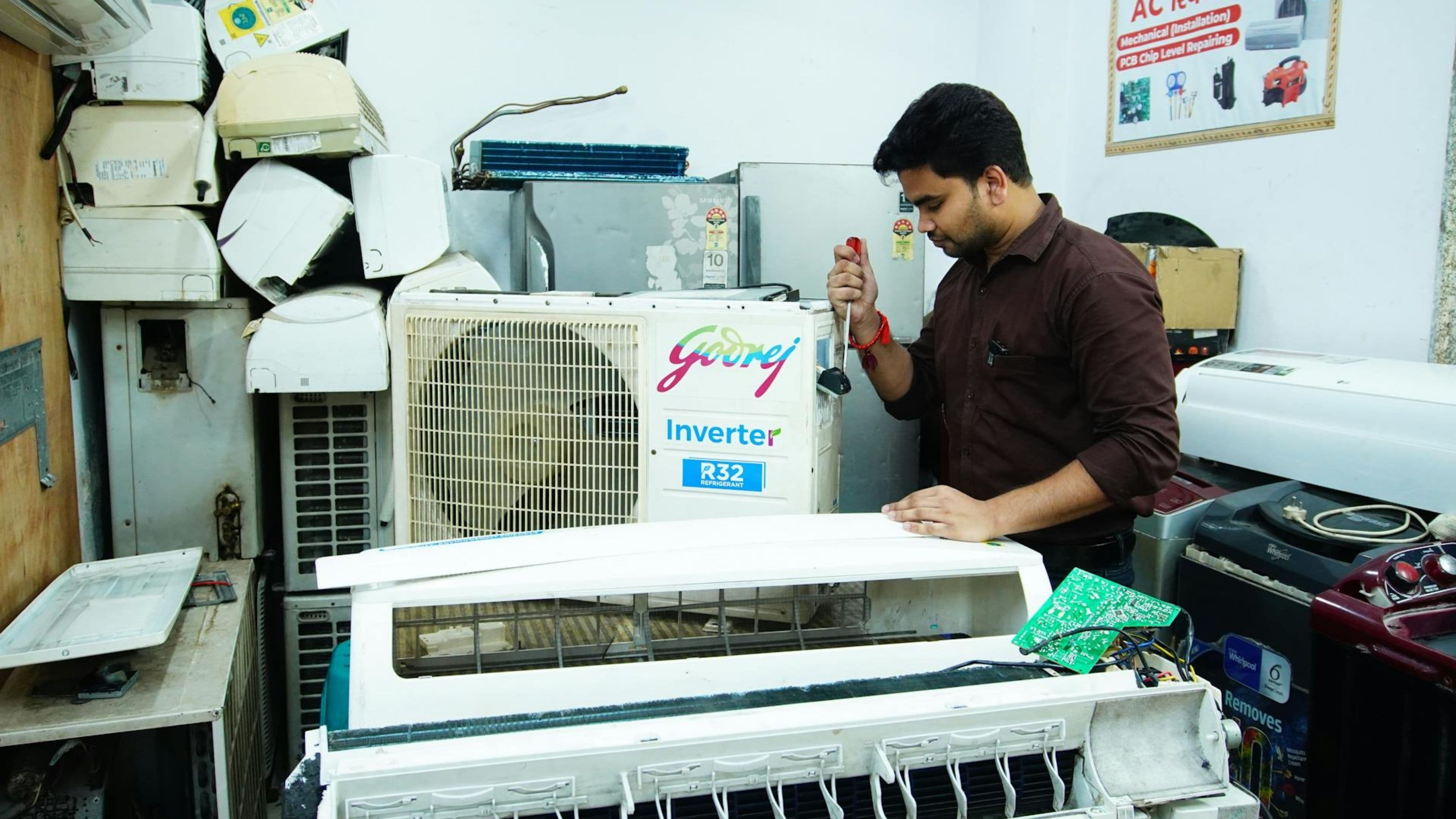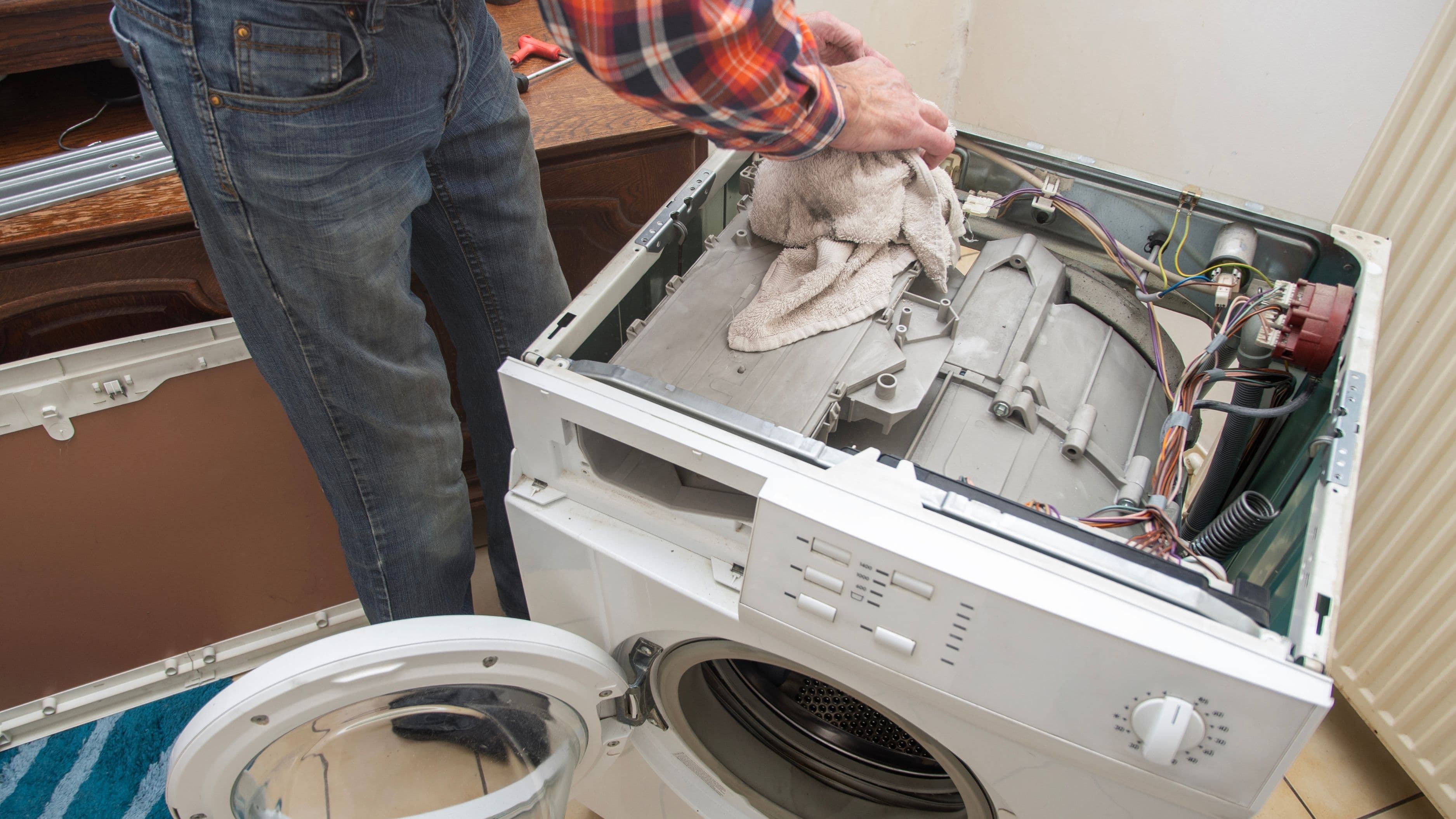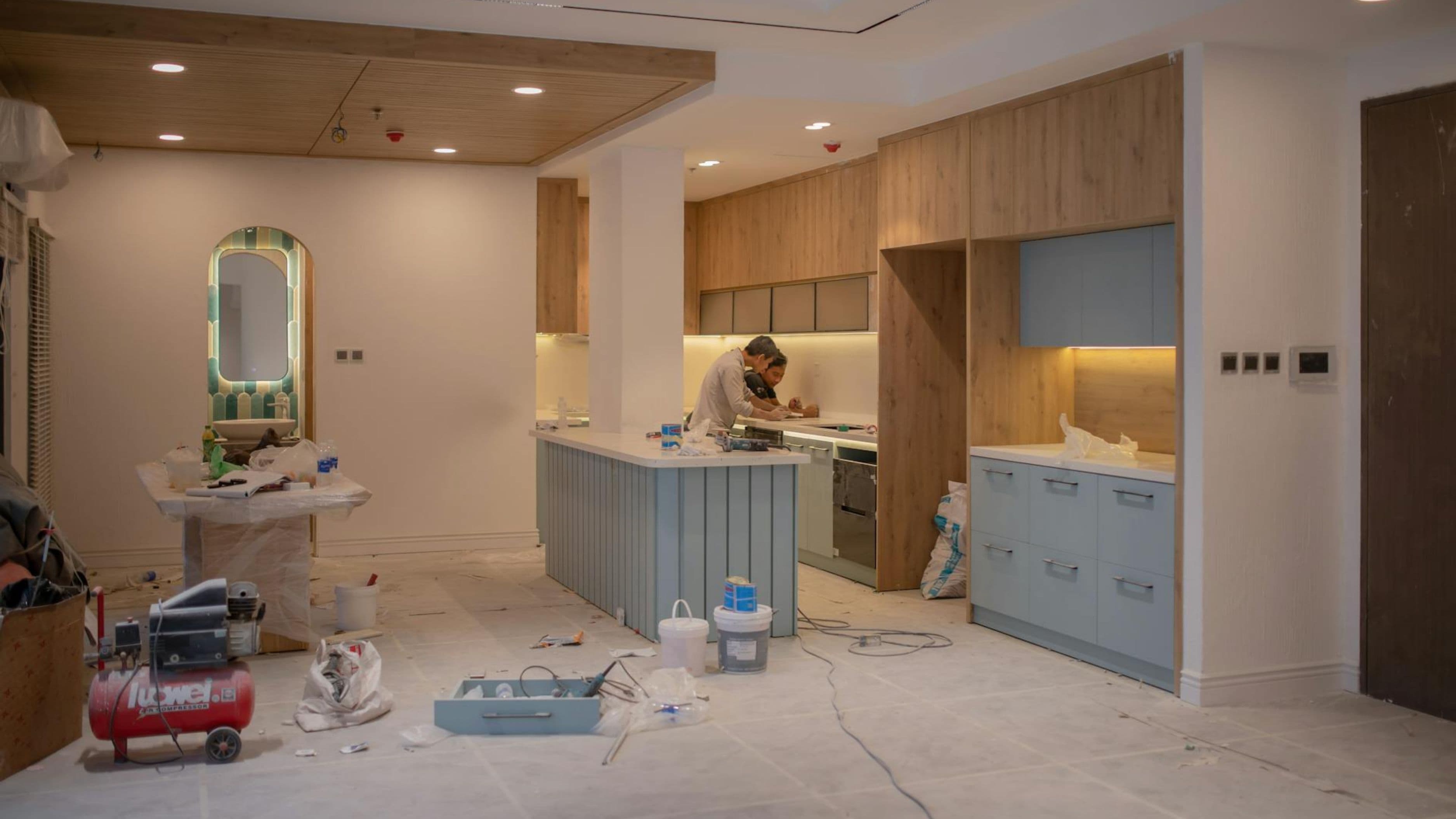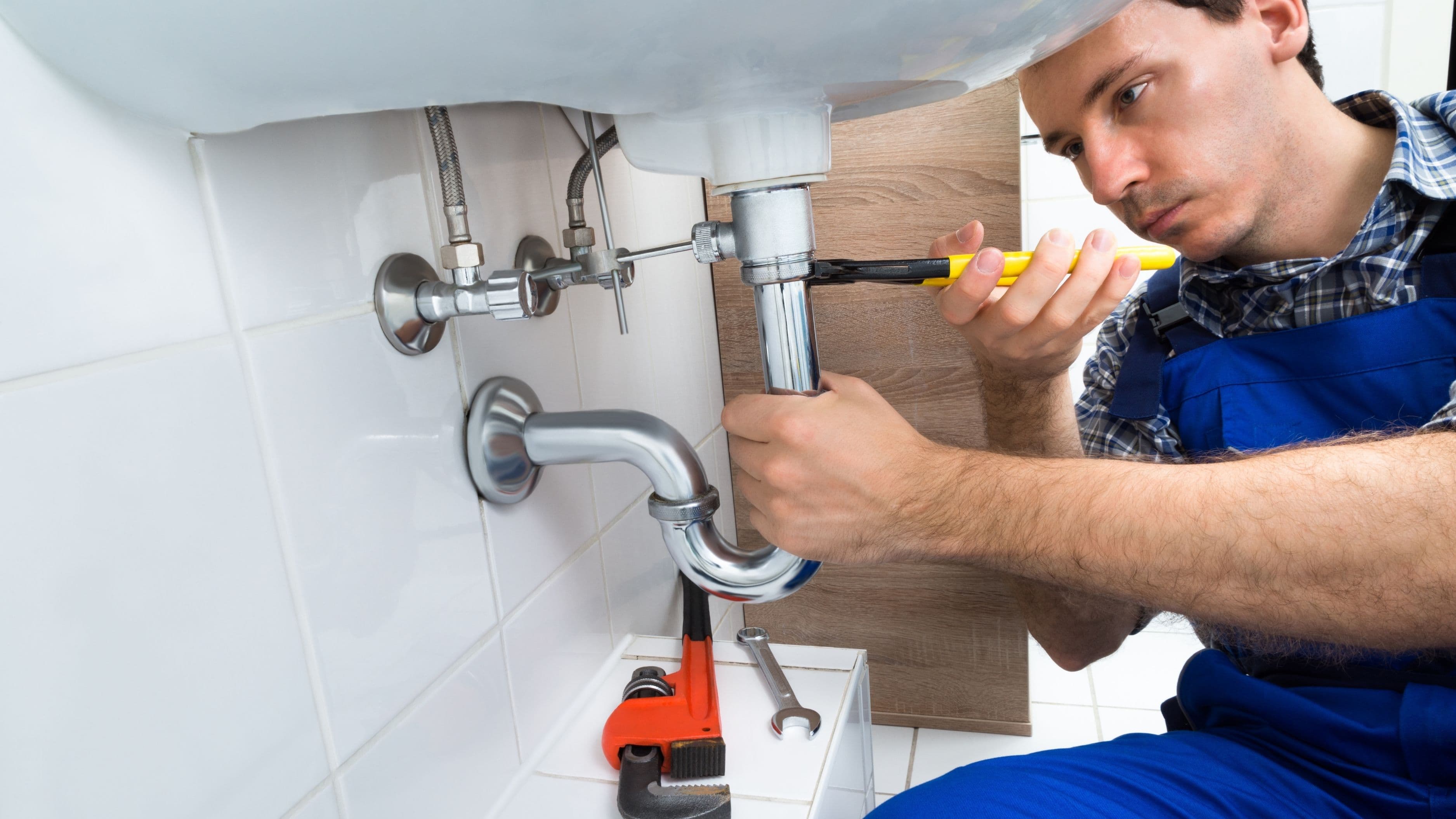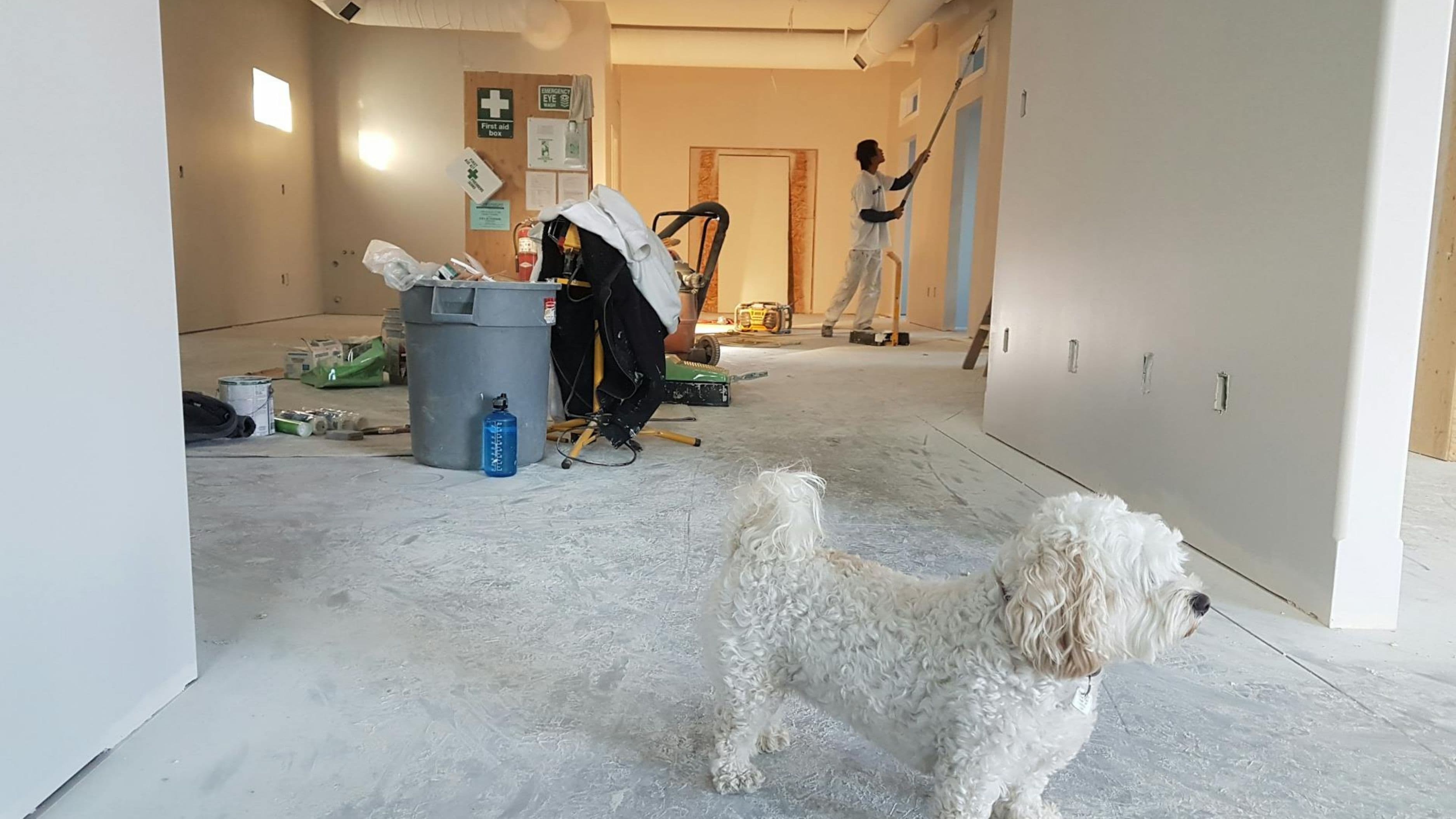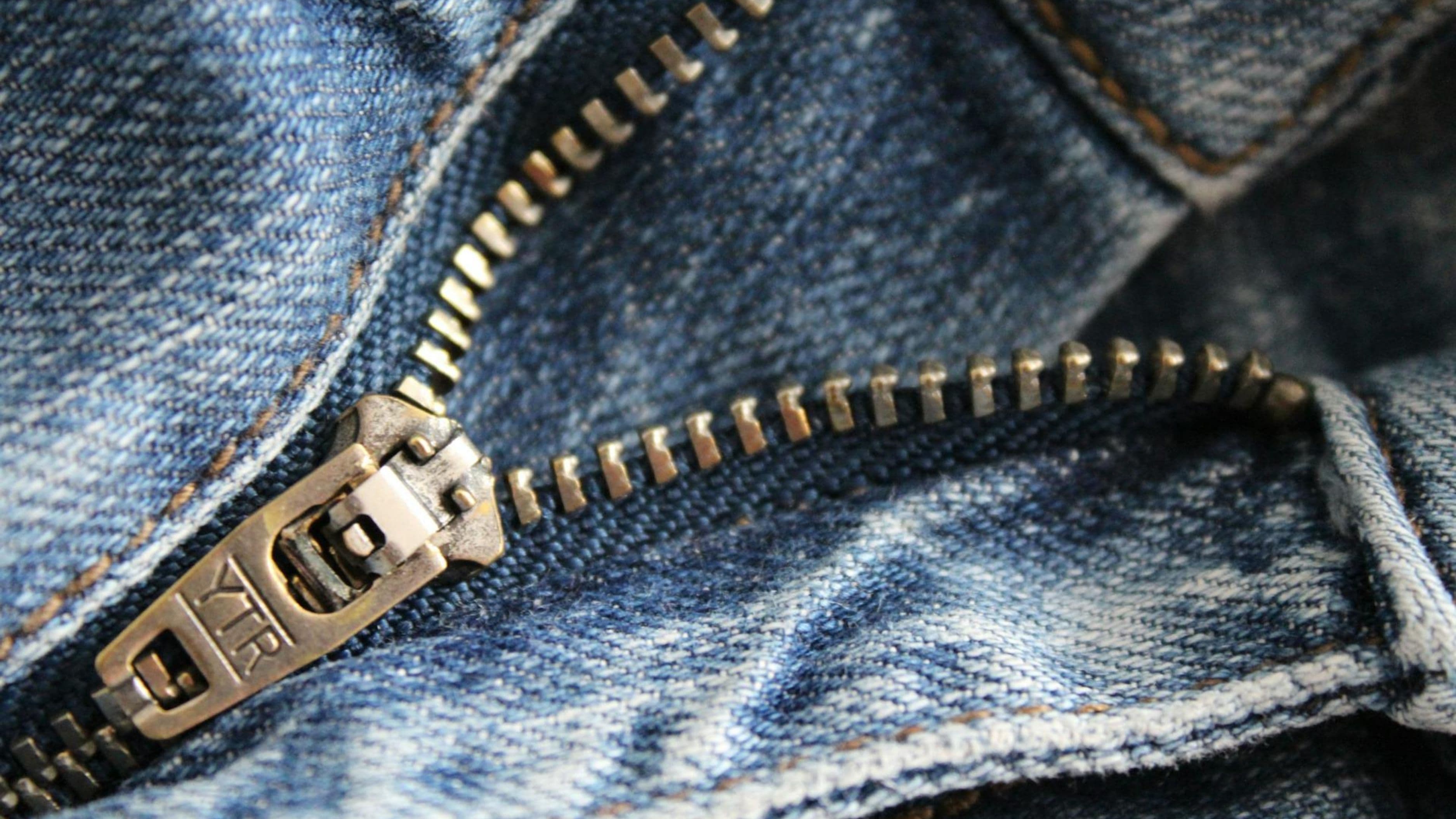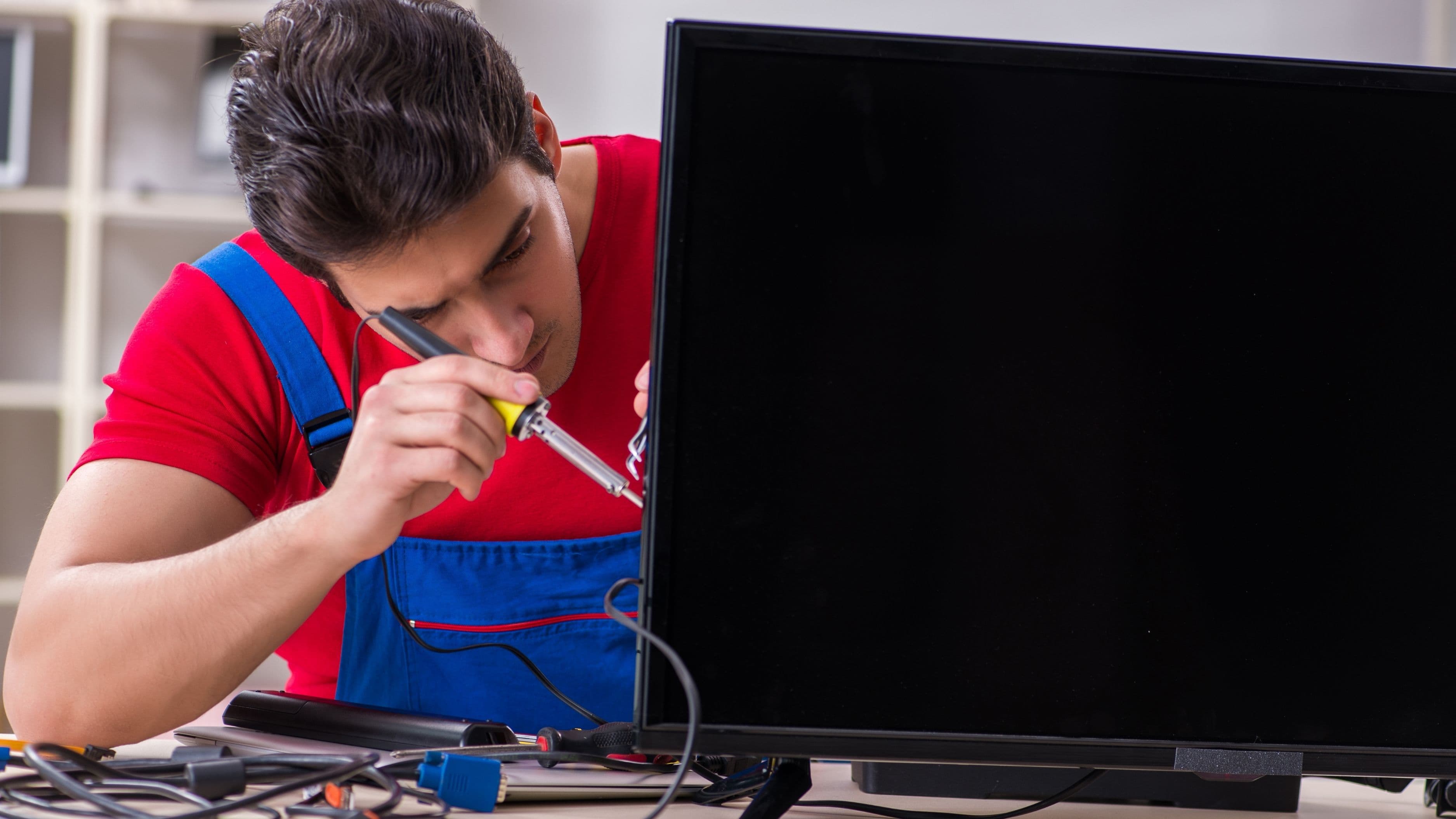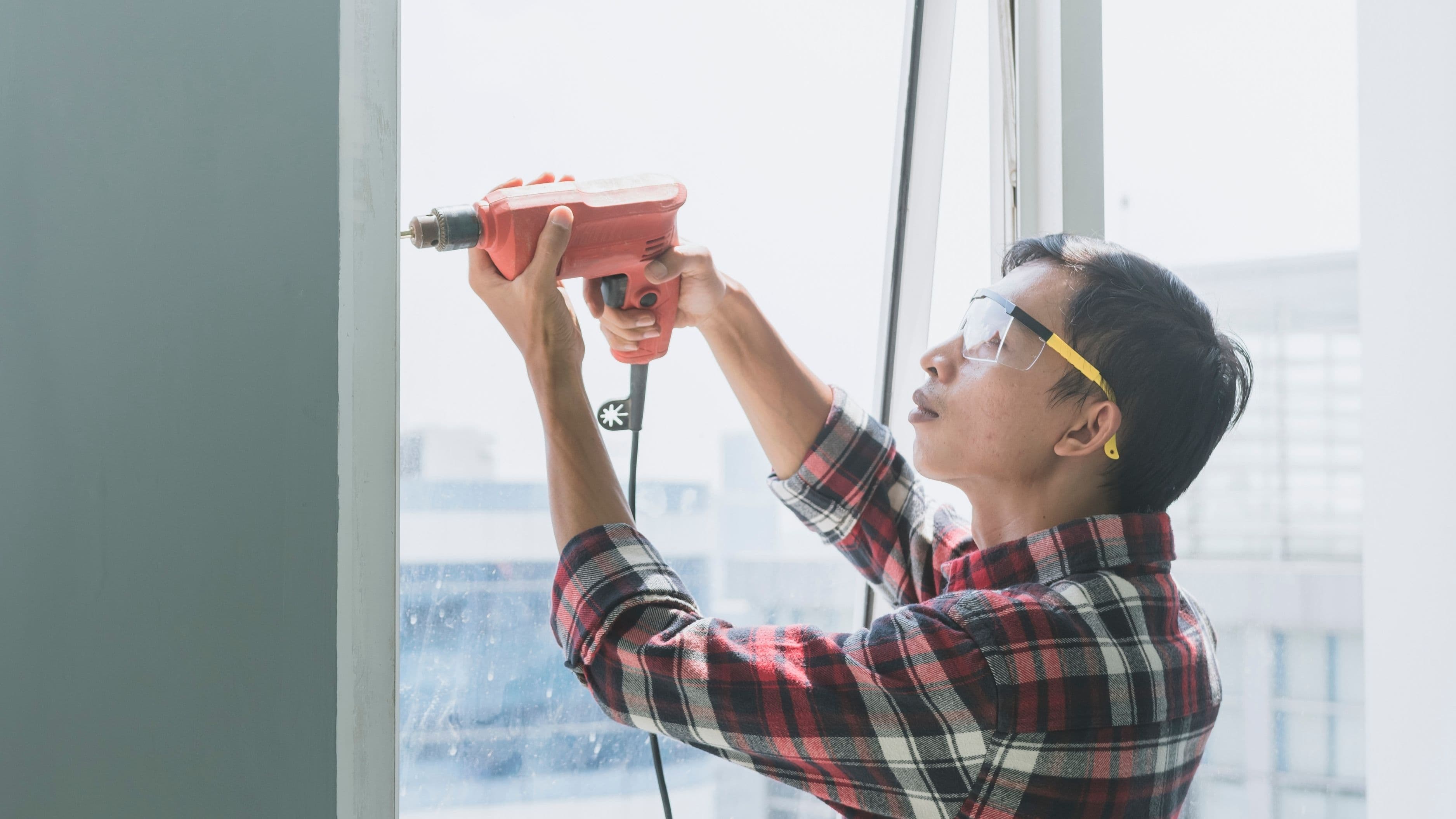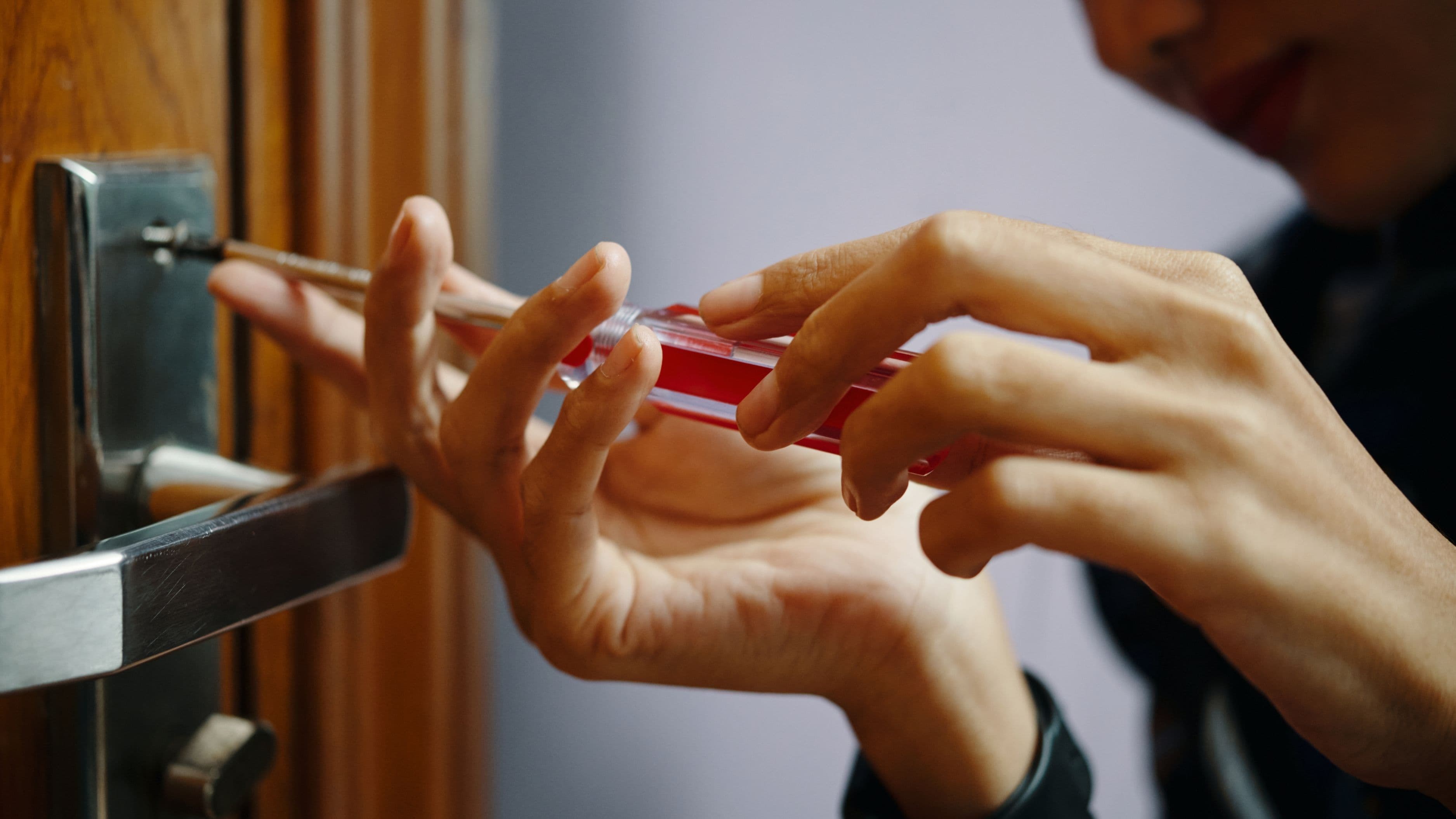You've been told that clean air requires expensive purifiers and professional HVAC services—but that advice might be draining your wallet unnecessarily.
Avi Jager | September 30, 2025
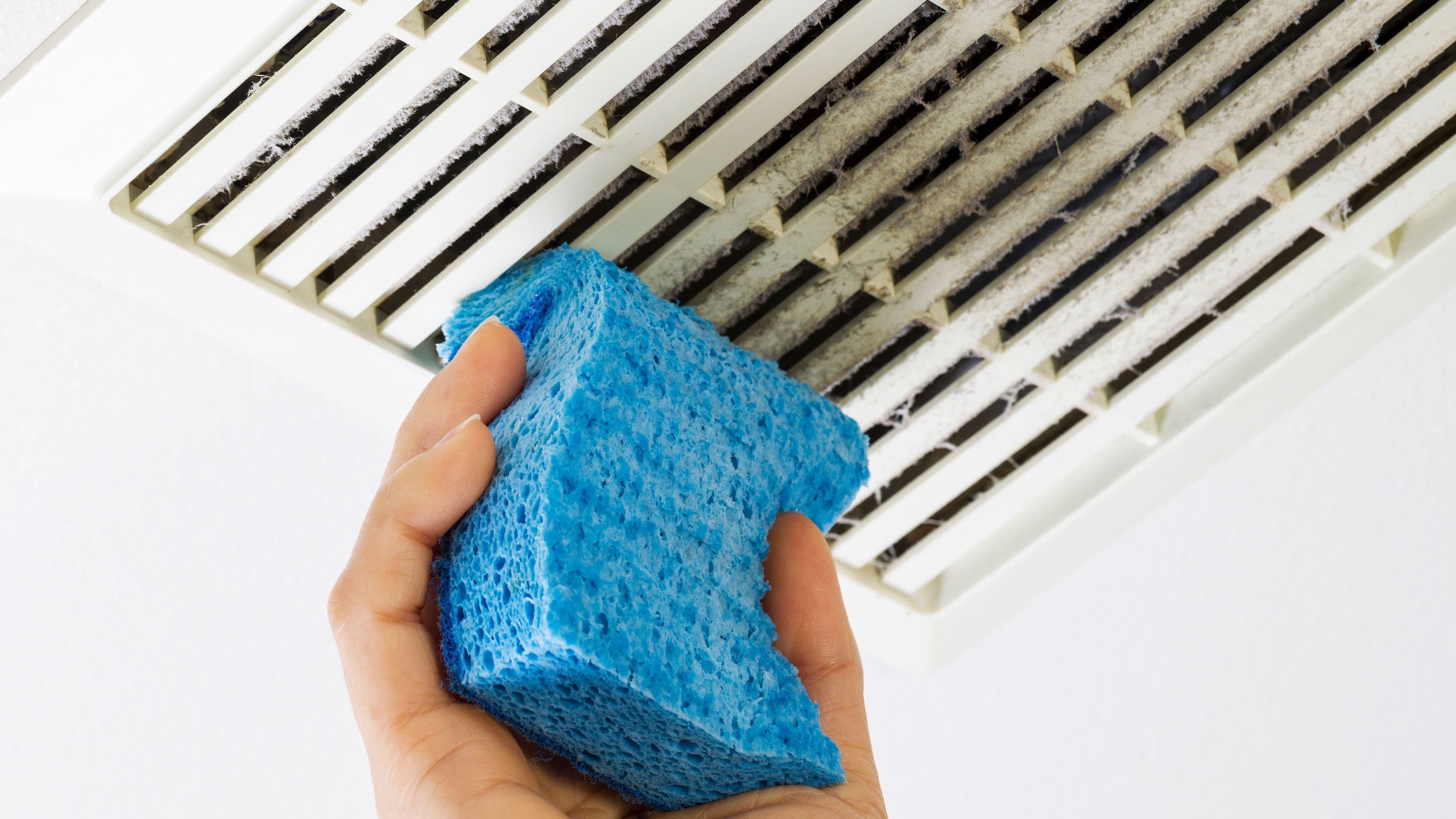
You've been told that clean air requires expensive purifiers and professional HVAC services—but that advice might be draining your wallet unnecessarily.
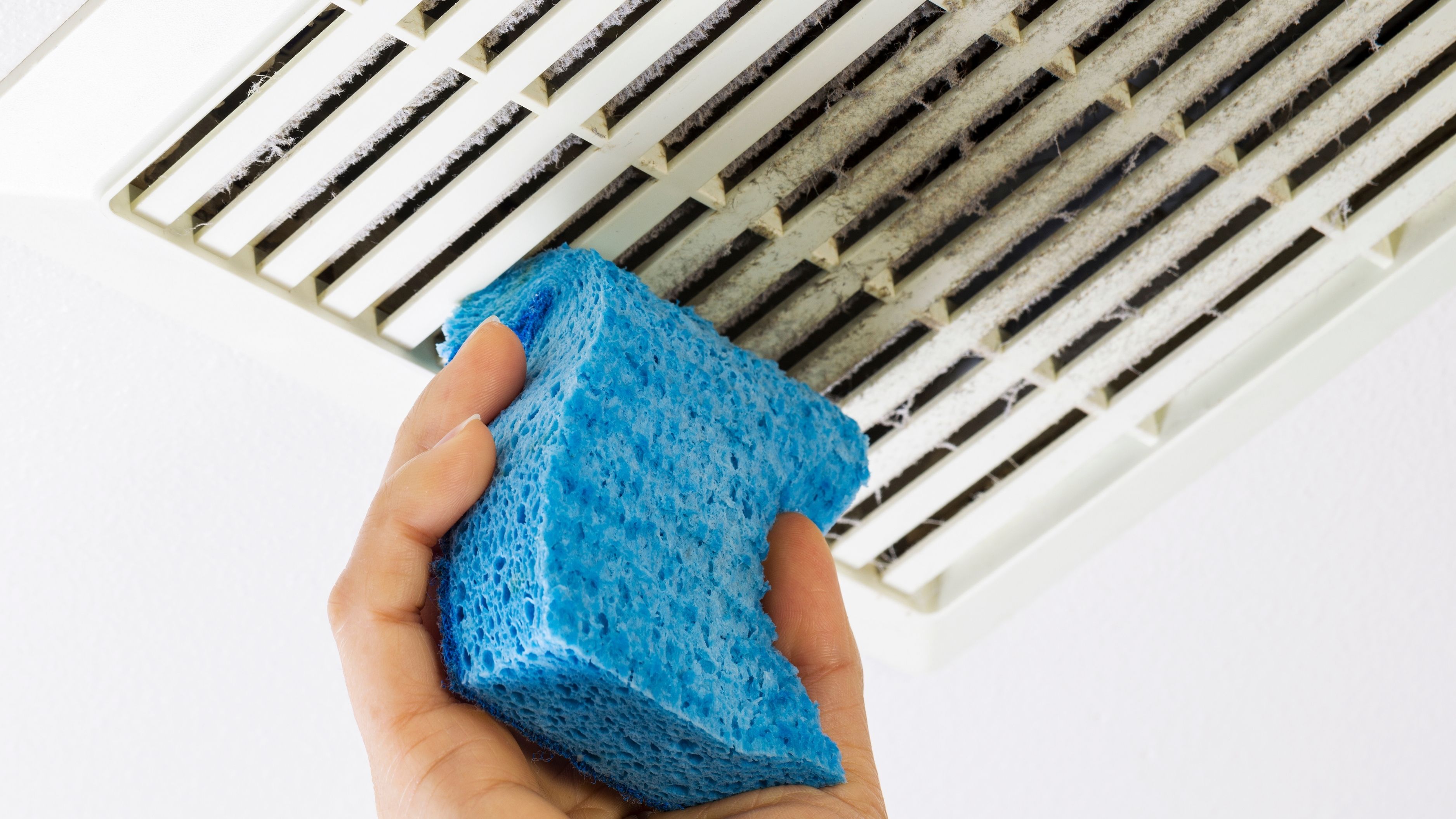
You've been told that clean air requires expensive purifiers and professional HVAC services—but that advice might be draining your wallet unnecessarily.
The indoor air quality industry has convinced homeowners that breathing clean air means investing thousands in high-tech equipment and constant professional maintenance. Meanwhile, your home's air could be silently affecting your sleep, focus, and health while you wait to save up for those "essential" solutions. The truth? Most air quality issues stem from overlooked basics that cost almost nothing to address.
Here's what the expensive marketing campaigns don't want you to know: improving your home's air quality is less about buying gadgets and more about understanding simple maintenance principles. Let's dismantle the myths keeping your air stale and your bank account empty.
The air purifier industry thrives on your anxiety about invisible pollutants. While these devices have their place, most homeowners overlook the filtration system already installed in their homes—the HVAC filter. This rectangular piece of pleated material, costing between $5 and $30, processes hundreds of cubic feet of air daily through your heating and cooling system.
Replace your filter every 30-90 days depending on pets, allergies, and usage. Choose MERV ratings between 8-13 for residential use—anything higher restricts airflow and strains your system. Mark your calendar with replacement dates, or better yet, sign up for a filter subscription service that delivers new ones to your doorstep. This single habit eliminates dust, pollen, and pet dander more effectively than letting a $400 purifier run in one room while ignoring the system circulating air throughout your entire home.
For rooms without HVAC vents, a $30 box fan with a furnace filter taped to the back creates a DIY purifier that costs pennies to operate. The internet calls it the "Comparetto Cube," and studies have shown it rivals commercial units in particle reduction.
Mold remediation companies will quote you hundreds or thousands for problems you can tackle with supplies under $20. Small mold patches (less than 10 square feet) respond beautifully to white vinegar, which kills approximately 82% of mold species without releasing harsh chemical fumes into your air. Mix undiluted white vinegar in a spray bottle, saturate the affected area, let it sit for an hour, then scrub with a stiff brush.
The real fix isn't just killing existing mold—it's eliminating the moisture that invited it. Check for leaks under sinks, around windows, and in basements. A $15 humidity monitor reveals whether your home sits above 60% relative humidity, the threshold where mold thrives. Run bathroom exhaust fans during showers and for 20 minutes after. Crack windows when cooking. These zero-cost habits prevent regrowth better than any chemical treatment.
If you spot mold returning to the same location repeatedly, you've got a moisture source that needs addressing. Sometimes that means recaulking a window—a $5 tube and 30 minutes of your time—not a $2,000 remediation contract.
Americans have sealed their homes so tightly that indoor air often contains 2-5 times more pollutants than outdoor air, according to the Environmental Protection Agency. Your home accumulates volatile organic compounds from furniture, cleaning products, and building materials. These chemicals off-gas continuously in your enclosed space, building up to concentrations that outdoor breezes would dilute in seconds.
Open windows on opposite sides of your home for 10-15 minutes daily to create cross-ventilation. This simple act flushes out accumulated VOCs, excess carbon dioxide from breathing, and cooking odors. Yes, pollen enters during peak seasons, but the trade-off favors fresh air circulation over chemical accumulation. Time your window opening for early morning or evening when pollen counts drop.
In cold months, crack windows for just five minutes. The energy cost is negligible, but the air quality benefit is substantial. Your home doesn't need to maintain outdoor temperature—just exchange the stale air mass for a fresh one.
Dust doesn't disappear—it circulates through your HVAC system, settles temporarily, then launches back into the air with every footstep and door closing. Each particle you see floating in a sunbeam has landed and relaunched dozens of times. This cycle continues until you physically remove the dust from your home.
Vacuum with a HEPA-filter vacuum weekly, working from top to bottom so disturbed particles settle downward. Microfiber cloths trap dust through static electricity rather than spreading it around like traditional feather dusters. Dampen the cloth slightly for maximum particle capture. Pay attention to neglected surfaces: ceiling fan blades, the tops of door frames, baseboards, and the refrigerator coils in back.
Remove your shoes at the door—this single habit reduces dust and tracked-in pollutants by up to 80%. Place washable mats both outside and inside entryways. Dust enters your home on shoes, clothing, and pets, so intercepting it at the threshold prevents it from circulating through your entire space.
That range hood humming above your stove isn't decorative—it's extracting airborne grease particles, combustion byproducts, and smoke that would otherwise coat your lungs and walls. But here's what nobody tells you: the mesh filter inside captures grease until it becomes so saturated it can't function. At that point, you're just circulating cooking pollutants with a loud fan.
Pop out the metal mesh filters monthly and run them through the dishwasher, or soak them in hot water with dish soap and baking soda. This 10-minute task restores suction power and prevents the fire hazard of grease buildup. If your hood vents to the outside, inspect the exterior vent flap annually to ensure it opens freely and hasn't become a bird's nest. A vent blocked by debris pumps exhaust right back into your home.
Use the range hood every time you cook, starting it before you turn on the burner. The goal is capturing pollutants at the source, not chasing them around the kitchen after they've dispersed.
The "plants clean air" myth originated from a 1989 NASA study conducted in sealed chambers—conditions nothing like your drafty home. To achieve meaningful air purification through plants alone, you'd need approximately one plant per 100 square feet of floor space. Even then, plants process air slowly and can't compete with a properly maintained HVAC system.
This doesn't make plants useless. They add humidity (beneficial in dry climates), improve mood, and create visual interest. Boston ferns, spider plants, and snake plants are nearly indestructible and contribute marginally to air quality. Just don't expect them to replace actual air quality maintenance.
The hidden risk: overwatering plants creates mold in soil, which releases spores into your air. Let soil dry between waterings and ensure pots have drainage. Wipe dust off leaves monthly so they can actually photosynthesize rather than collecting particles.
Perfect air means nothing if your humidity sits at uncomfortable extremes. Too dry (below 30%), and you'll experience irritated sinuses, cracked skin, and increased respiratory infections. Too humid (above 60%), and you're inviting dust mites, mold growth, and musty odors. That $20 humidity monitor mentioned earlier is the most underutilized air quality tool available.
In dry climates or winter months, place bowls of water near heat sources or dry laundry indoors to passively add moisture. A $30 cool-mist humidifier for bedrooms runs quietly overnight. In humid climates, run your air conditioner—it dehumidifies while cooling. Strategic exhaust fan use in bathrooms and kitchens prevents humidity spikes.
Basements and crawl spaces often harbor hidden moisture that migrates upward. A $40 bag of calcium chloride in a moisture-absorbing bucket prevents musty smells and protects stored items from mildew. Check these products monthly and empty the collected water.
That "clean" smell from conventional cleaners? It's a cocktail of synthetic fragrances and VOCs that linger in your air for hours. Many cleaning products release chemicals linked to respiratory irritation, headaches, and long-term health effects. The irony is thick: you're polluting your air in the name of cleanliness.
Switch to vinegar, baking soda, castile soap, and hydrogen peroxide for 90% of cleaning tasks. These items cost less than $15 combined and work for floors, counters, bathrooms, and glass. Mix half vinegar and half water in a spray bottle for an all-purpose cleaner. For tougher jobs, sprinkle baking soda, spray with vinegar, let it fizz, and scrub.
If you must use commercial cleaners, crack windows during and after application. Never mix cleaning products—especially bleach and ammonia, which create toxic chloramine gas. Store all cleaning supplies in a ventilated area, not under the kitchen sink where vapors accumulate.
Dryer vents clog gradually with lint that bypasses the filter screen. This blockage forces humid, lint-filled air back into your laundry room, creating moisture problems and mold growth. Worse, lint buildup inside vent ducts causes approximately 15,000 house fires annually. The fix costs under $30 and takes 30 minutes.
Buy a dryer vent cleaning brush kit from any hardware store. Disconnect the vent from the back of your dryer, push the flexible brush through the duct to the exterior vent, and pull out clumps of accumulated lint. Do this twice yearly, or quarterly if you run multiple loads daily. While disconnected, vacuum the area behind your dryer—it's shocking how much lint accumulates there.
Check the exterior vent flap while you're at it. It should close when the dryer isn't running. If it remains stuck open, you're inviting outdoor air, pests, and moisture into your ductwork. Replace broken flaps immediately.
The most expensive myth is believing air quality requires specialized knowledge or equipment. You control air quality through daily habits: removing shoes, managing humidity, maintaining filters, and creating ventilation. These actions cost nothing but attention, yet they outperform passive reliance on expensive equipment.
Think of home air quality as preventive health care. Small, consistent actions prevent the expensive problems that require professional intervention. That 10-minute filter change, weekly vacuuming, and strategic window opening compound into dramatically better air over months.
Your home's air quality reflects your maintenance habits, not your budget. A $300,000 home with neglected basics has worse air than a modest apartment with attentive care.
Let go of the belief that clean air requires a fat wallet—and start making the simple maintenance moves that actually work. Your lungs and bank account will thank you.
Environmental Protection Agency. (n.d.). Indoor Air Quality.
NASA Clean Air Study. (1989). Interior Landscape Plants for Indoor Air Pollution Abatement.
U.S. Fire Administration. National Fire Data Center. Home Fires Involving Clothes Dryers.
